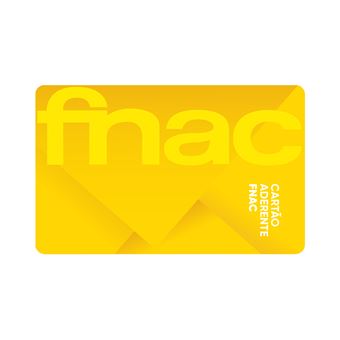Concerning the Spiritual-and the Concrete-in Kandinsky's Art
Lisa Florman

Estado :
Novo
Vendido por
País de expedição : Reino Unido
Comentários do vendedor
Livro novo; R�pido do Reino Unido; N�o ficar� desapontado - New book; Fast from the UK; Will not be disappointed
Resumo
Ver tudo
This book examines the art and writings of Wassily Kandinsky, who is widely regarded as one of the first artists to produce non-representational paintings. Crucial to an understanding of Kandinsky's intentions is On the Spiritual in Art, the celebrated essay he published in 1911. Where most scholars have taken its repeated references to ""spirit"" as signaling quasi-religious or mystical concerns, Florman argues instead that Kandinsky's primary frame of reference was G.W.F. Hegel's Aesthetics, in which art had similarly...

Concerning the Spiritual-and the Concrete-in Kandinsky's Art
Resumo
Publicidade
Avaliações dos nossos clientes
Concerning the Spiritual-and the Concrete-in Kandinsky's Art
Sê o primeiro a dar
a tua opinião sobre este produto
Características
Publicidade
Publicidade
